 You really don't want to wake this guy. 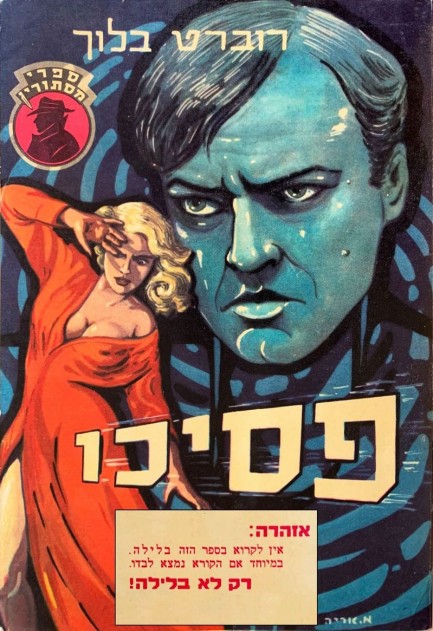
Here's an amazing piece of international pulp, a cover in Yiddish from M. Mizrahi Publishing for Robert Bloch's thriller Psycho. We recently posted a collection of Psycho covers, but we held this one back because it deserved its own moment. This was painted by an artist named Arie Moskowitz, sometimes referred to as M. Arie, who produced several more fronts we may share later. We found this one on Israeli Wikipedia, of all places, where it was posted by the National Library of Israel. It's quite a find. 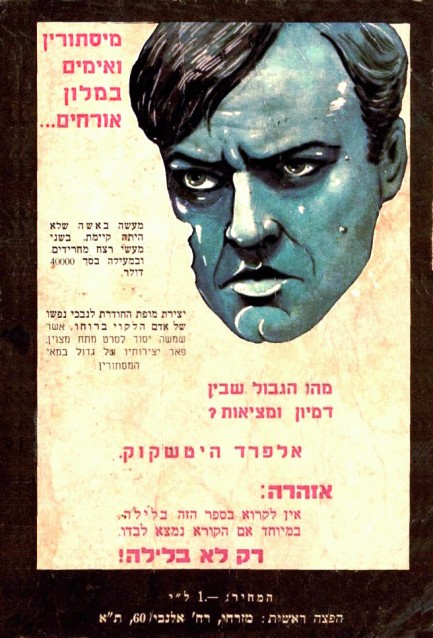
 Some people need a mental health day every day. 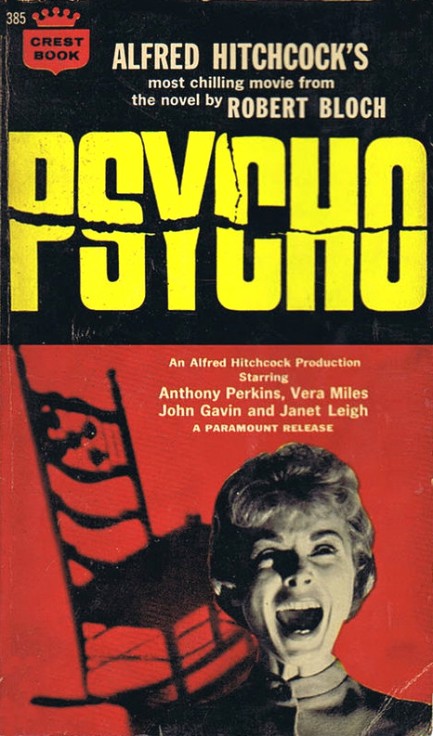 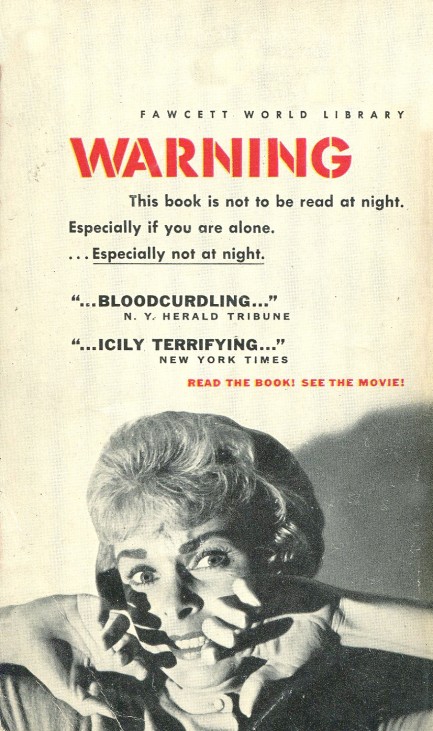
We were going to post an assortment of covers we thought were scary, but when we came across these Psycho fronts we realized they were all we needed. The creation of veteran horror author Robert Bloch and originally published in 1959, one of literature's early homicidal psychopaths remains frightening even today. When Bloch wrote Psycho the concept of psychopathy was little known in American culture, but after Alfred Hitchcock's 1960 movie adaptation, as well as the real-world Dahmers and Specks and Bundys, that naïveté evaporated. Now everyone knows psychopaths are real and live among us. Bloch's man-child Norman Bates, a sadist and misanthrope with lust/hate feelings toward women, was able despite his dysfunctions to operate in society with a veneer of civility, and was capable of love, but only a stunted and twisted variety instilled by an emotionally violent forebear from whose shadow he could never fully escape. Sound like anybody you know? We have mostly front covers below, along with a rear cover and a nice piece of foldout art we found on the blog toomuchhorrorfiction. These are all English editions. We'll show you one or two interesting non-English covers later. 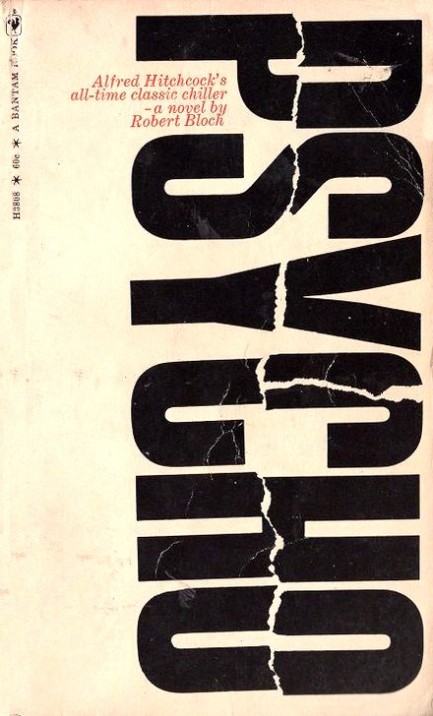 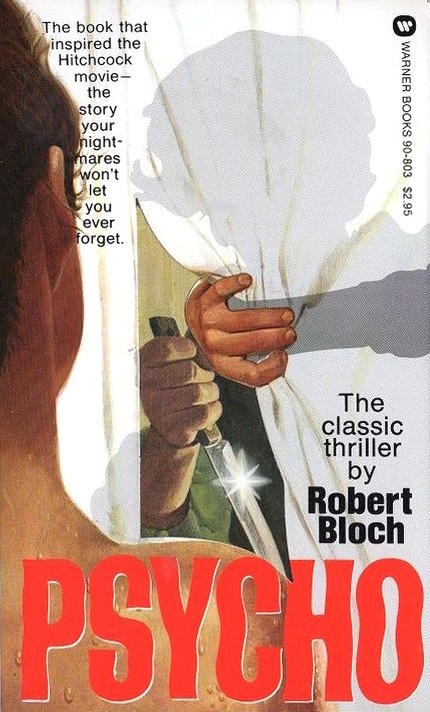 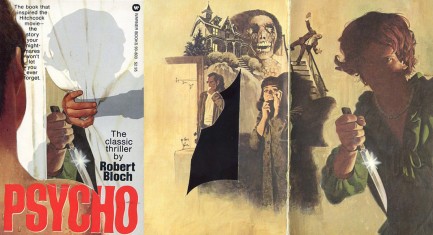 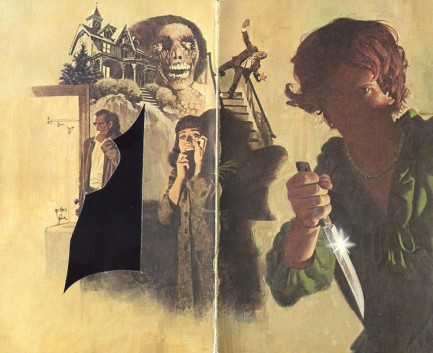 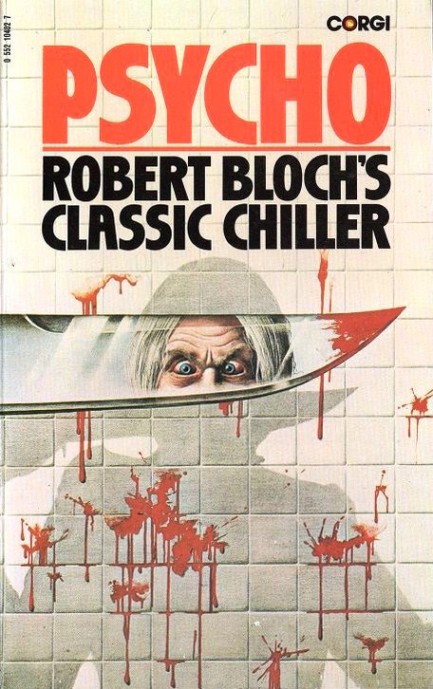 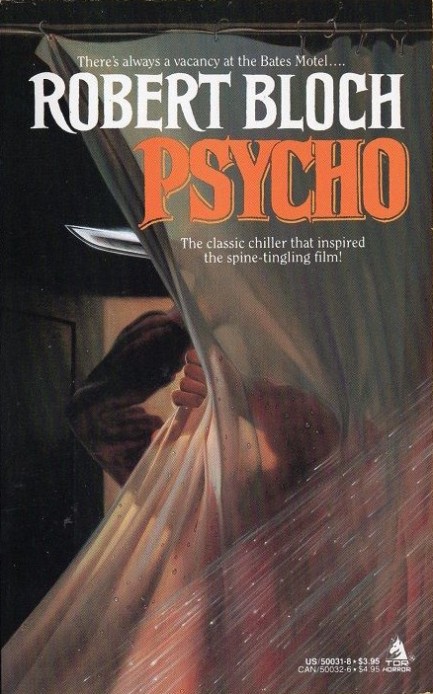 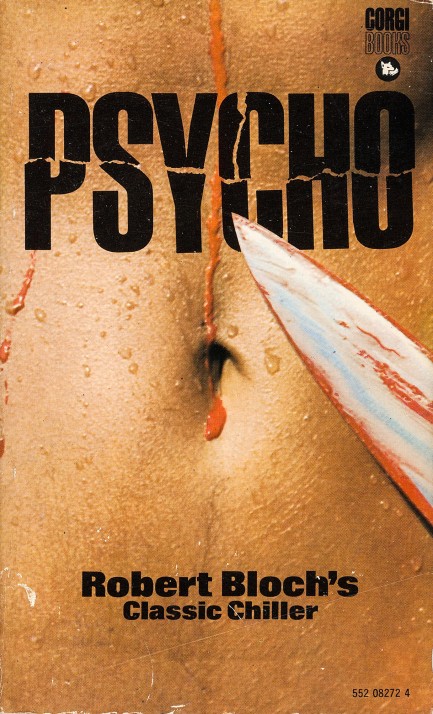
 All the worst things together in one place. 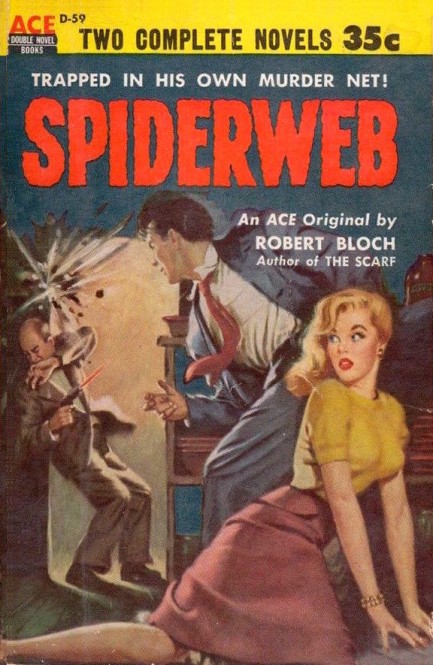
It's been a while since we got our hands on an Ace double novel. Ace Double 59 features Robert Bloch's Spiderweb and David Alexander's The Corpse in My Bed. The first has cover art by Harry Barton, and the second, despite looking painted by the same artist, is actually uncredited. Two decent books here. Spiderweb deals with a novice grifter who embarks on a long con under the tutelage of a devilish criminal mastermind. Pretty soon he's committing terrible deeds against his will, including setting up his own girlfriend's politician father for a scam. We were more than a little surprised when the book used the identical gag that we raved about in Lou Cameron's 1960 novel Angel's Flight, in which a hat blown by the wind becomes a crucial life lesson. Check here to understand what we mean. At first we thought Bloch had stolen the idea from Cameron, an assumption we made because Angel's Flight is a far superior book, but nope—Spiderweb predates Angel's Flight by two years. It goes to show that the old adage is true: good writers borrow, great writers steal.
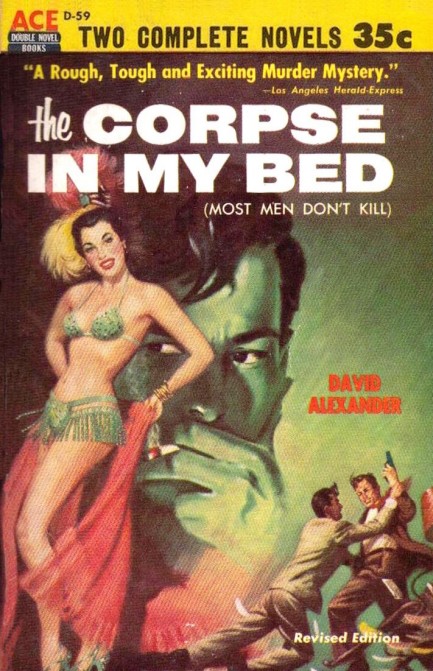 The Corpse in My Bed, originally titled Most Men Don't Kill, tells the story of a former soldier who in his civilian career as a detective finds himself in the classic shamus pickle—standing over a corpse amidst possibly incriminating evidence. A war related head wound plus some booze leaves him unsure whether he merely found the body or caused it, so he goes into hiding while his partner Chet and an acquaintance nicknamed Tommy Twotoes try to get to the bottom of the puzzle. It isn't easy to come up with a character that really stands out in the pantheon of mid-century crime fiction. Twotoes—a 300-pound millionaire with a weird affinity for penguins—is one you'll remember for a while. We checked to see if Alexander used him in other novels, but as far as we can tell he didn't, though he seemingly showed up in a few short stories. Both Bloch and Alexander do good work here, a bit rough around the edges at times, but well worth a read. Just don't pay $350, like one vendor is charging. We got them for twenty bucks. Schwing! The Corpse in My Bed, originally titled Most Men Don't Kill, tells the story of a former soldier who in his civilian career as a detective finds himself in the classic shamus pickle—standing over a corpse amidst possibly incriminating evidence. A war related head wound plus some booze leaves him unsure whether he merely found the body or caused it, so he goes into hiding while his partner Chet and an acquaintance nicknamed Tommy Twotoes try to get to the bottom of the puzzle. It isn't easy to come up with a character that really stands out in the pantheon of mid-century crime fiction. Twotoes—a 300-pound millionaire with a weird affinity for penguins—is one you'll remember for a while. We checked to see if Alexander used him in other novels, but as far as we can tell he didn't, though he seemingly showed up in a few short stories. Both Bloch and Alexander do good work here, a bit rough around the edges at times, but well worth a read. Just don't pay $350, like one vendor is charging. We got them for twenty bucks. Schwing! 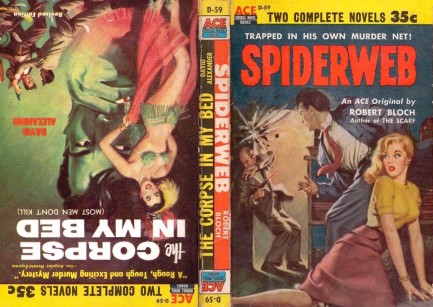
 “The Thing” that wasn't there. 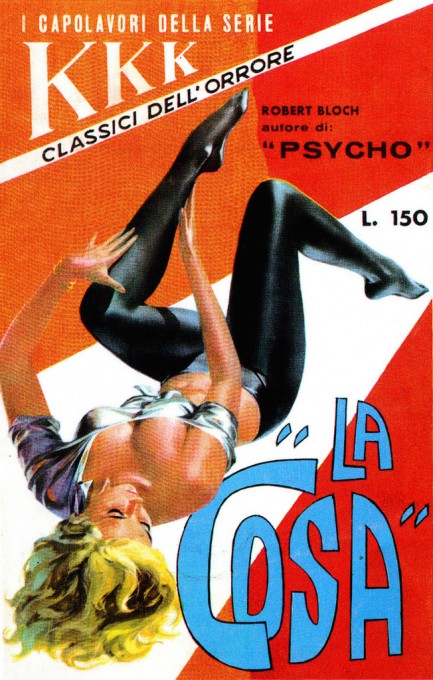
We've shared several covers from Grandi Edizioni Internazionali's horror collection I Capolavori della Serie KKK but this one is kind of special. Translated into Italian by Fernanda Adami, this is a collection of horror master Robert Bloch's early short stories. In case he isn't familiar to you, he wrote Psycho. This book is called La Cosa, or The Thing because Bloch's first story, a piece called “The Thing” appeared in his school magazine in 1932 when Bloch was only fourteen. But guess what? “The Thing” isn't one of the stories in The Thing. Instead the book consists of four tales—“Colui che apre la via,” “Ritorno a Sabbath,” “Il segreto di Sebek,” and “Enoch.” In English these are “The Opener of the Way,” “Return of the Sabbath,” “The Secret of Sebek,” and “Otis.” Just kidding—it's “Enoch.” Lovecraft fans probably already know of the first three stories because they appeared in Bloch's Lovecraft inspired collection The Opener of the Way in 1945 and remain widely read pieces of Lovecraftian lore. So that makes this paperback a bit of a collector's item. As if the great art by Benedetto Caroselli didn't already do that. Yes, he painted a misleading illustration for a horror anthology but Caroselli and Grandi Edizioni Internazionali specialized in that. Want to see a particularly brazen example? Check here.
 These are people who definitely pay attention to the poles. 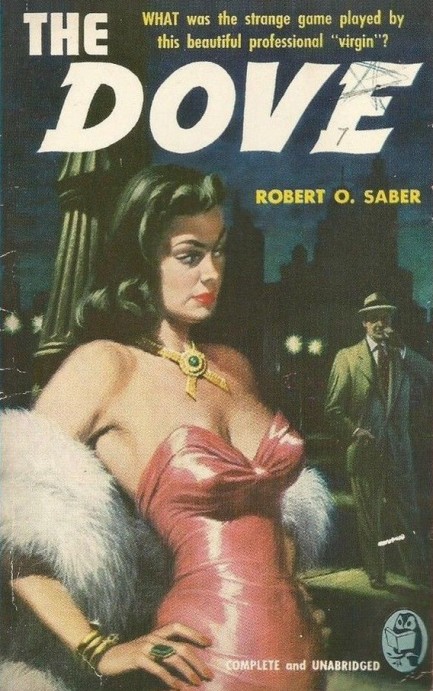
When you look at lots of paperbacks sometimes a common thread suddenly jumps out at you that went unnoticed before. Such was the case a few weeks ago when we noticed the large number of characters on mid-century covers leaning against poles—light poles, telephone poles, sign poles, etc. We suggested someone should put together a collection, but of course we really meant us, so today you see above and below various characters deftly using these features of the urban streetscape as accessories. Art is from Benedetto Caroselli, Harry Schaare, George Gross, Rudolph Belarski, James Avati, et al. You can see a couple more examples here and here.  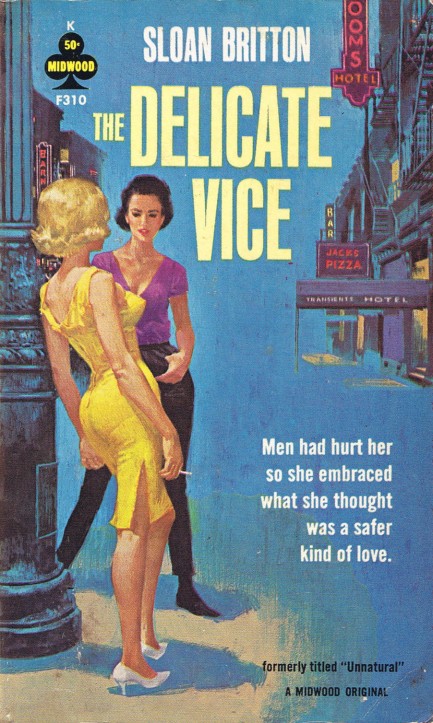 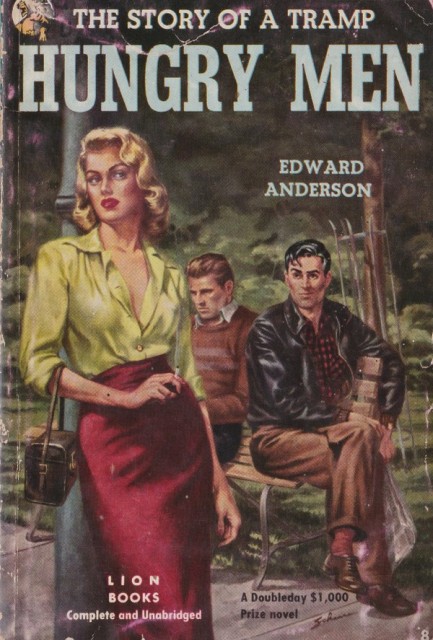 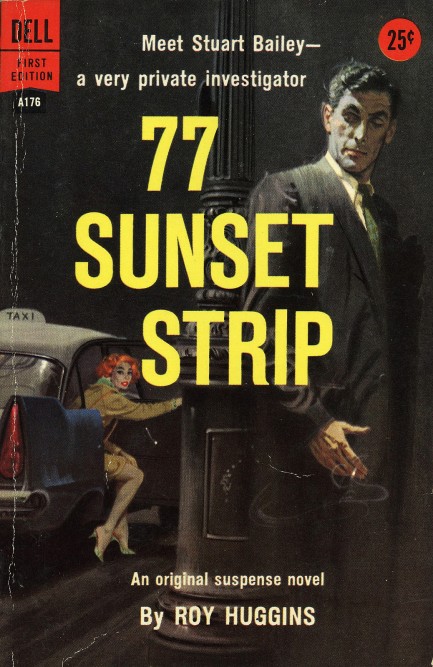 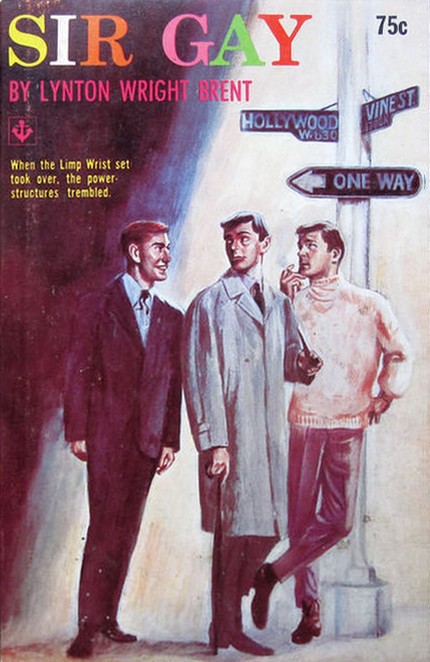 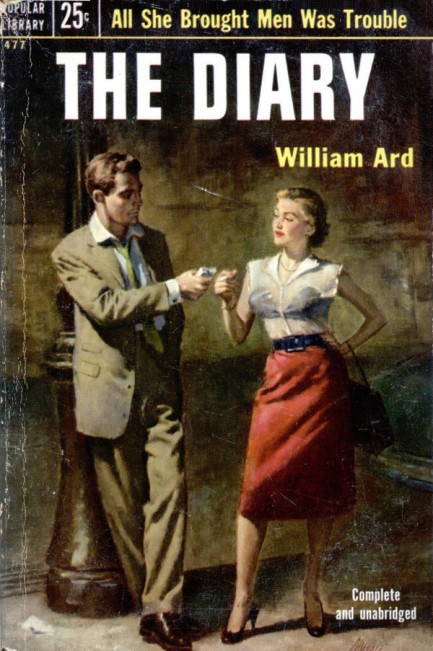 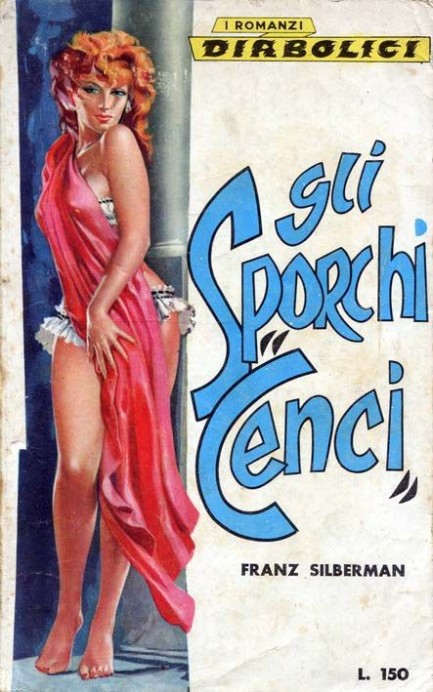 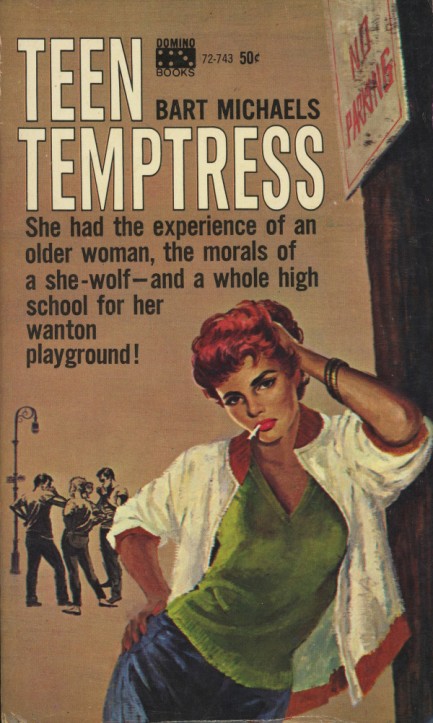 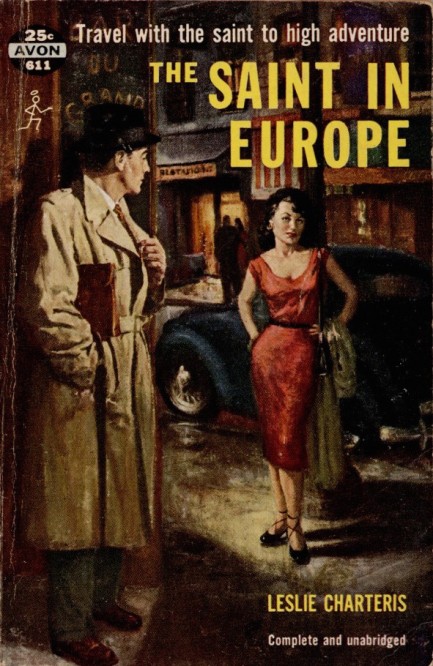 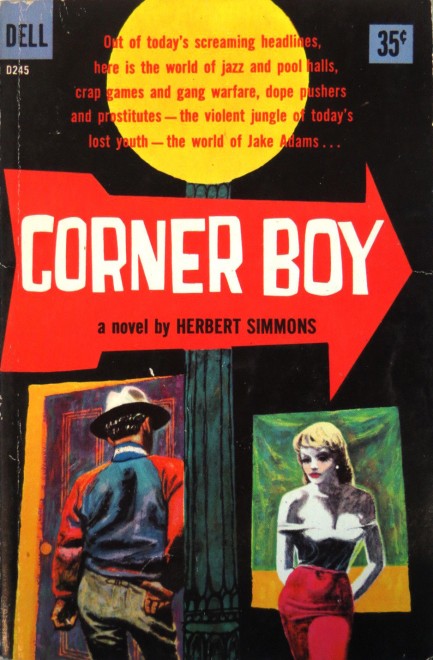 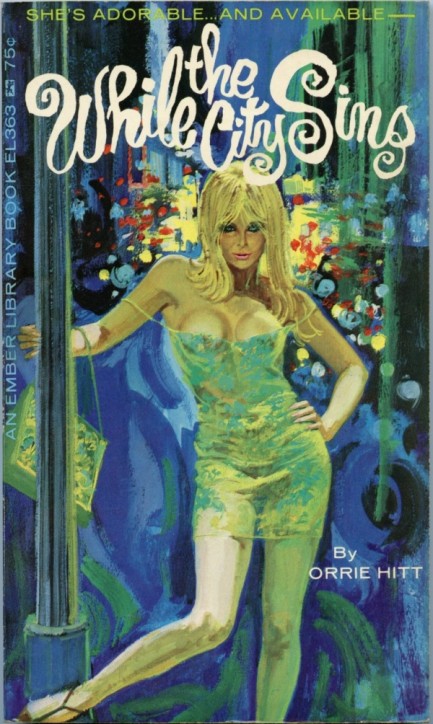 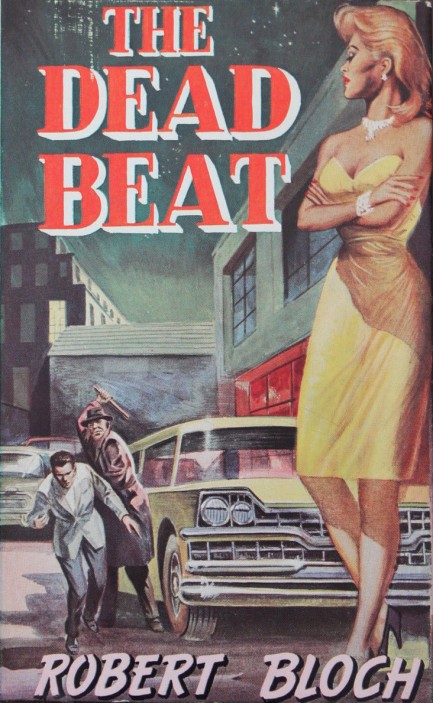 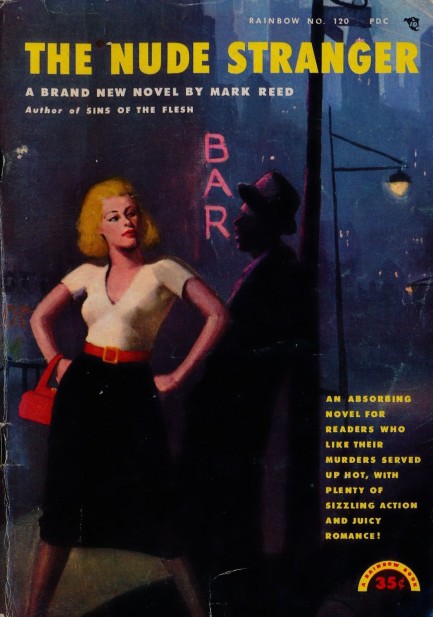 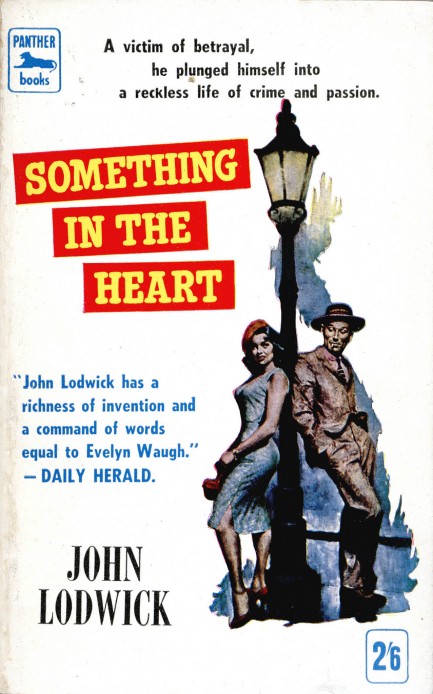 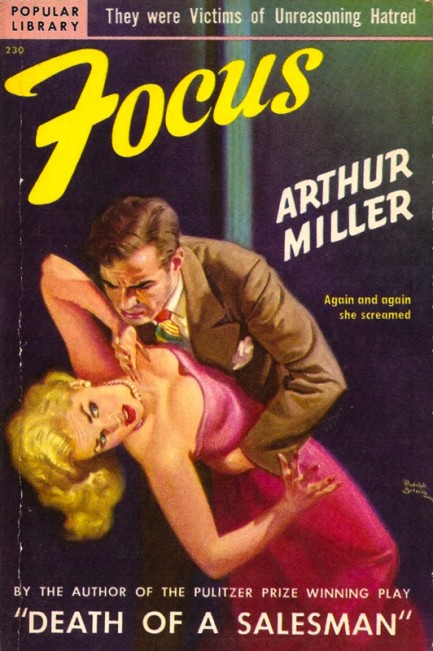 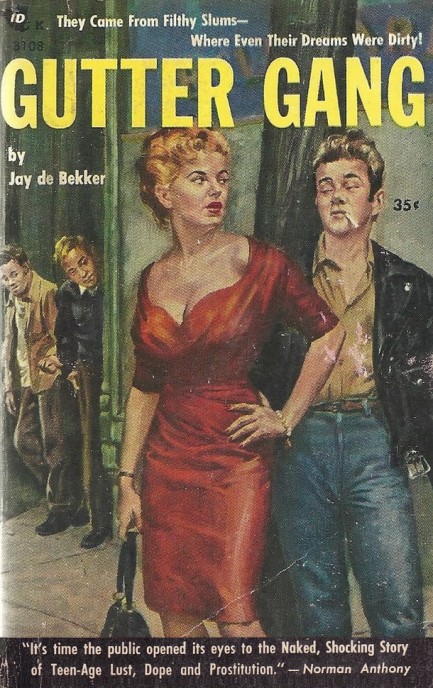 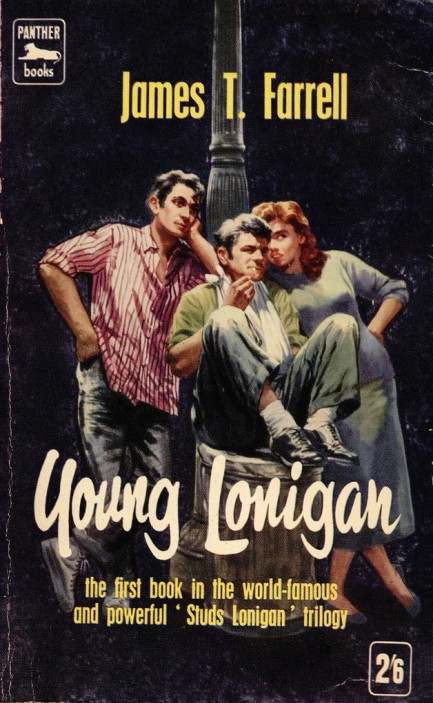 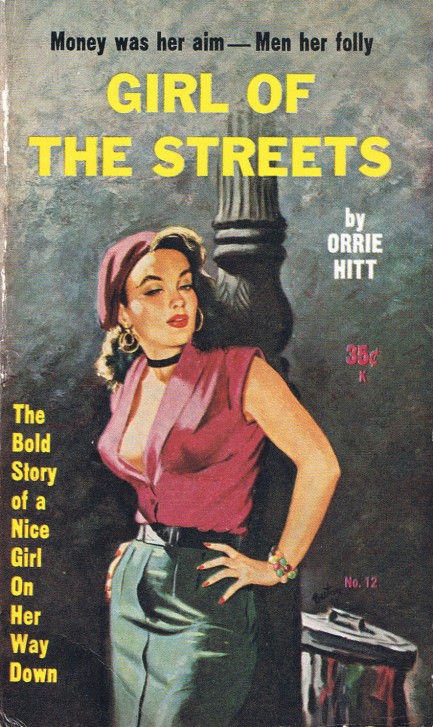 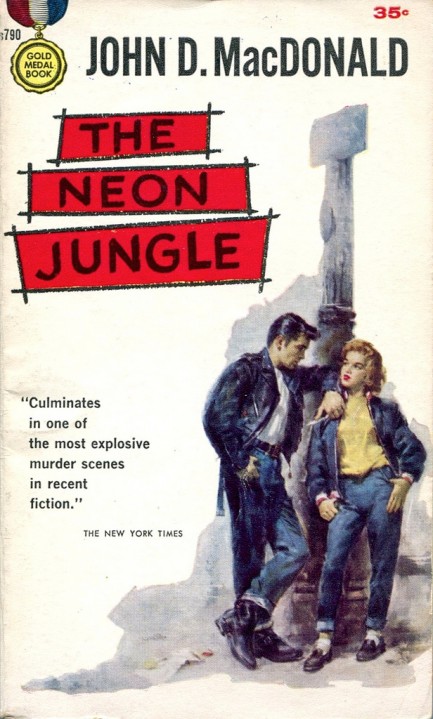 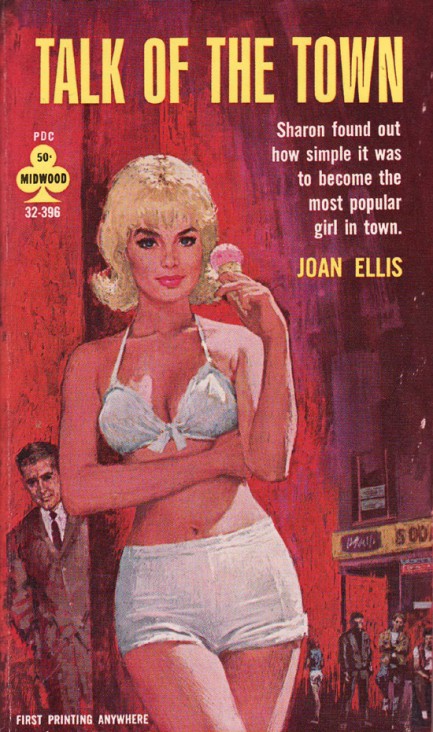 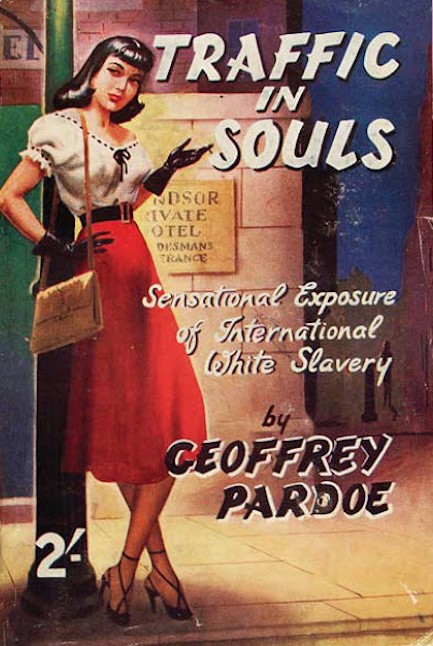 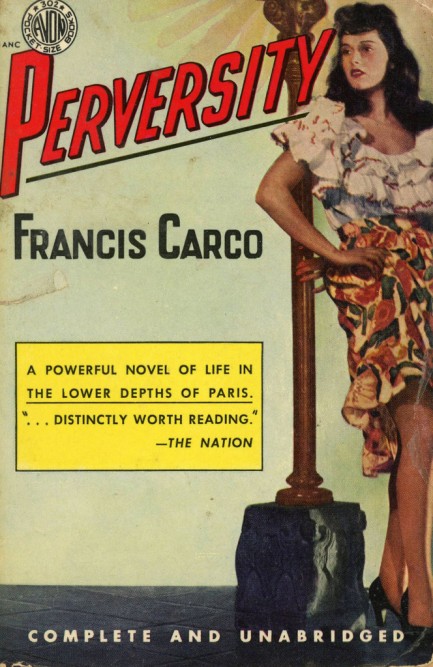 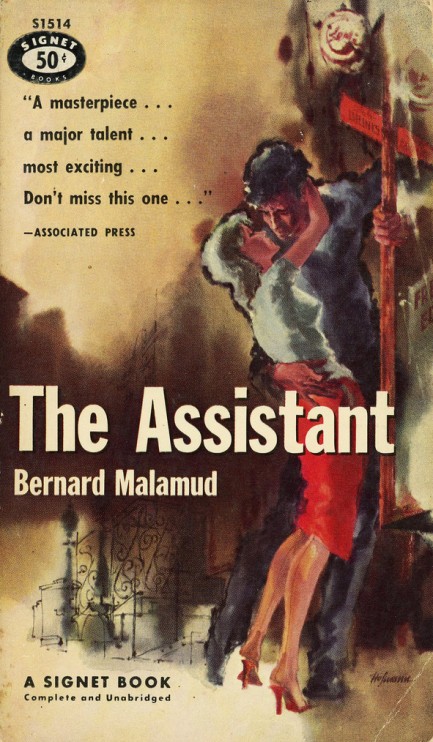 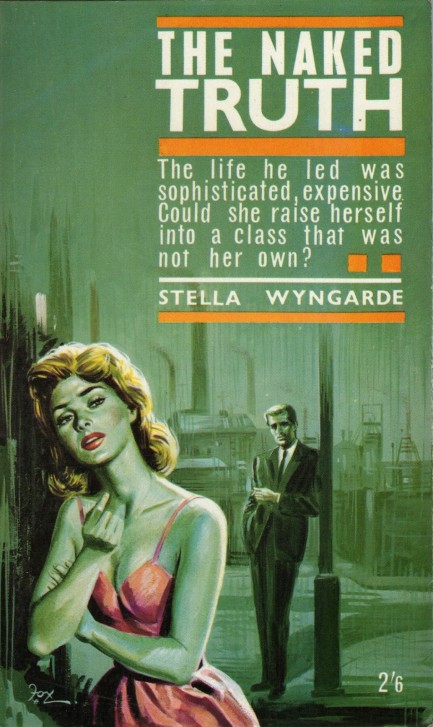  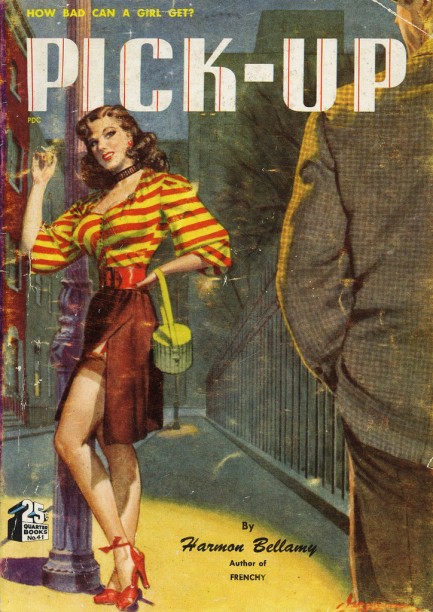
 Ottoman, Ottoman, Otto mighty mighty good man. 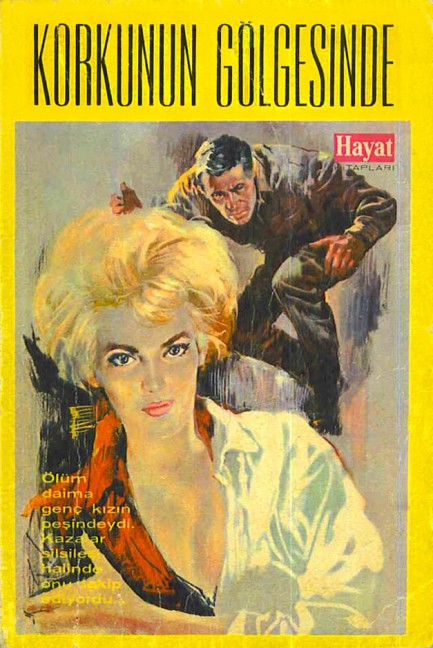 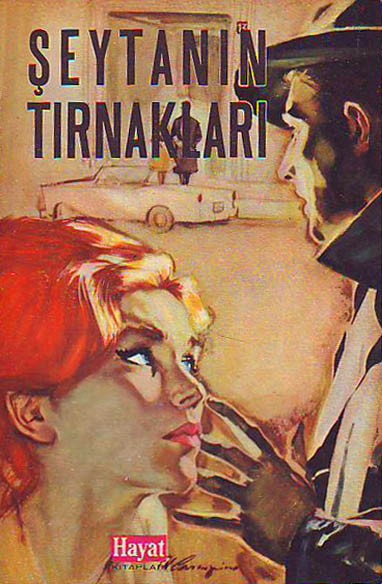 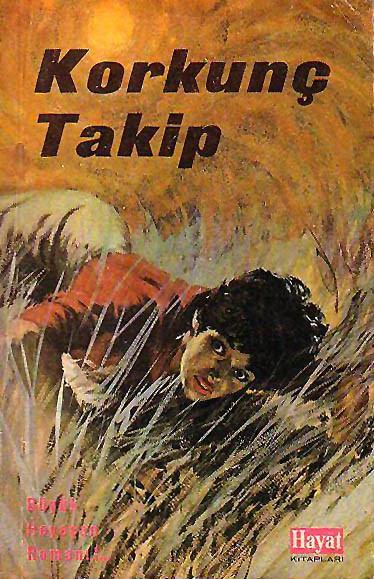 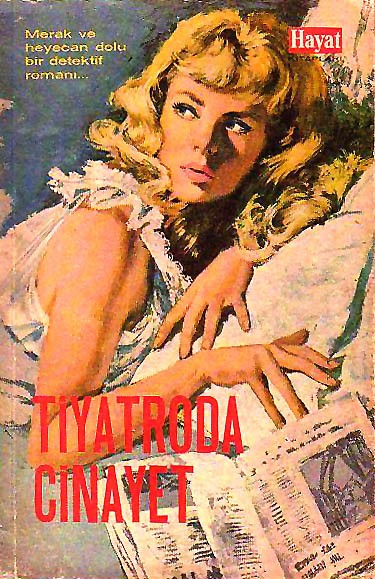   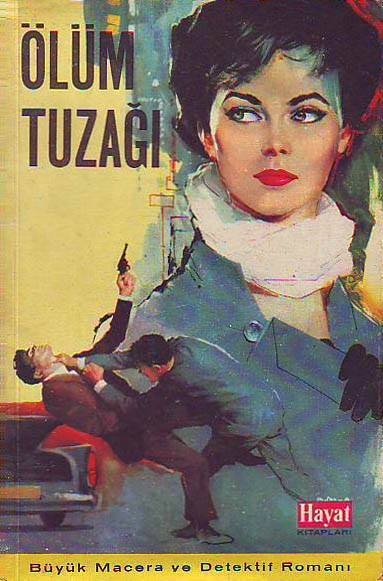 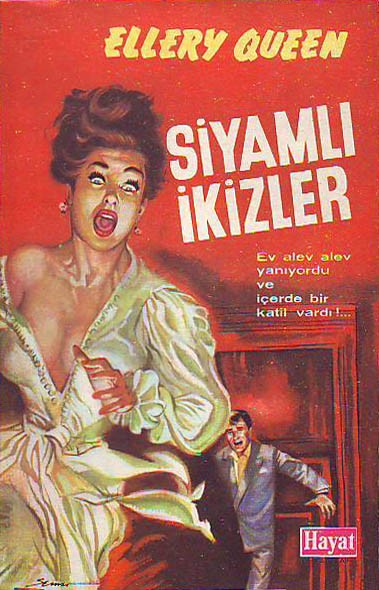  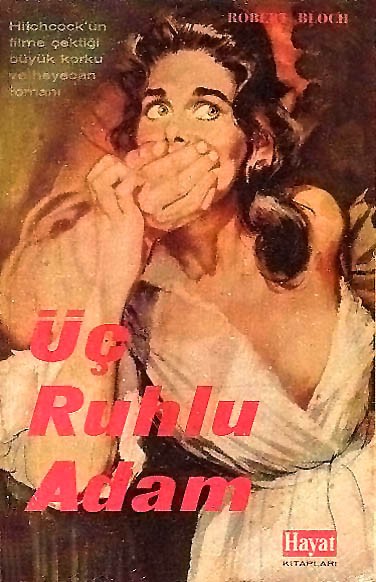
Assorted Turkish language pulps published by the pop culture magazine Hayat, circa 1960s and early 1970s. The authors are, top to bottom, Allison L. Burks, Gerald de Jean, William McGivern, Ngaio Marsh, William Irish, Mignon G. Eberhart, Nora Roberts, Ellery Queen (aka Frederic Dannay and Manfred Bennington Lee, aka Daniel Nathan and Manford Lepofsky), John Dickson Carr, and Robert Bloch.
 Mommy, I was playing with my voodoo doll when daddy screamed and collapsed. 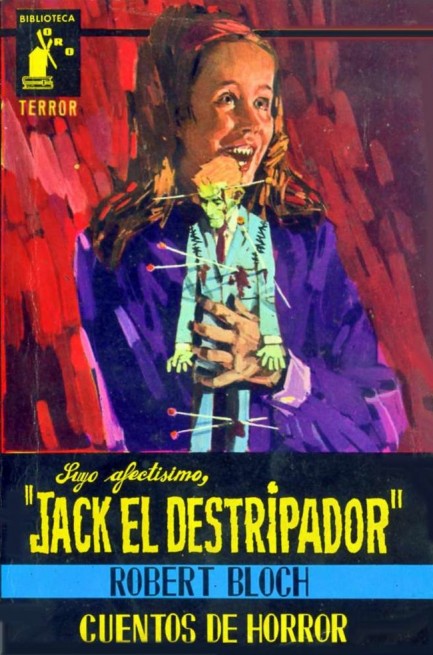
Awesome cover above from Ediciones Molino's series Biblioteca Oro for Robert Bloch’s horror anthology Suyo Afectisimo, Jack el Destripador, aka Yours Truly, Jack the Ripper. If you look closely, you’ll notice the girl’s voodoo doll is actually bleeding, which is a bit disconcerting. But even worse, her teeth are filed to points. Try not to think about that when you go to sleep tonight, okay?
|
 |

The headlines that mattered yesteryear.
2003—Hope Dies
Film legend Bob Hope dies of pneumonia two months after celebrating his 100th birthday. 1945—Churchill Given the Sack
In spite of admiring Winston Churchill as a great wartime leader, Britons elect
Clement Attlee the nation's new prime minister in a sweeping victory for the Labour Party over the Conservatives. 1952—Evita Peron Dies
Eva Duarte de Peron, aka Evita, wife of the president of the Argentine Republic, dies from cancer at age 33. Evita had brought the working classes into a position of political power never witnessed before, but was hated by the nation's powerful military class. She is lain to rest in Milan, Italy in a secret grave under a nun's name, but is eventually returned to Argentina for reburial beside her husband in 1974. 1943—Mussolini Calls It Quits
Italian dictator Benito Mussolini steps down as head of the armed forces and the government. It soon becomes clear that Il Duce did not relinquish power voluntarily, but was forced to resign after former Fascist colleagues turned against him. He is later installed by Germany as leader of the Italian Social Republic in the north of the country, but is killed by partisans in 1945.
|

|
|

It's easy. We have an uploader that makes it a snap. Use it to submit your art, text, header, and subhead. Your post can be funny, serious, or anything in between, as long as it's vintage pulp. You'll get a byline and experience the fleeting pride of free authorship. We'll edit your post for typos, but the rest is up to you. Click here to give us your best shot.

|
|















 The Corpse in My Bed, originally titled Most Men Don't Kill, tells the story of a former soldier who in his civilian career as a detective finds himself in the classic shamus pickle—standing over a corpse amidst possibly incriminating evidence. A war related head wound plus some booze leaves him unsure whether he merely found the body or caused it, so he goes into hiding while his partner Chet and an acquaintance nicknamed Tommy Twotoes try to get to the bottom of the puzzle. It isn't easy to come up with a character that really stands out in the pantheon of mid-century crime fiction. Twotoes—a 300-pound millionaire with a weird affinity for penguins—is one you'll remember for a while. We checked to see if Alexander used him in other novels, but as far as we can tell he didn't, though he seemingly showed up in a few short stories. Both Bloch and Alexander do good work here, a bit rough around the edges at times, but well worth a read. Just don't pay $350, like one vendor is charging. We got them for twenty bucks. Schwing!
The Corpse in My Bed, originally titled Most Men Don't Kill, tells the story of a former soldier who in his civilian career as a detective finds himself in the classic shamus pickle—standing over a corpse amidst possibly incriminating evidence. A war related head wound plus some booze leaves him unsure whether he merely found the body or caused it, so he goes into hiding while his partner Chet and an acquaintance nicknamed Tommy Twotoes try to get to the bottom of the puzzle. It isn't easy to come up with a character that really stands out in the pantheon of mid-century crime fiction. Twotoes—a 300-pound millionaire with a weird affinity for penguins—is one you'll remember for a while. We checked to see if Alexander used him in other novels, but as far as we can tell he didn't, though he seemingly showed up in a few short stories. Both Bloch and Alexander do good work here, a bit rough around the edges at times, but well worth a read. Just don't pay $350, like one vendor is charging. We got them for twenty bucks. Schwing! 















































































































